11 Strength-Building Secrets From a Pro Trainer
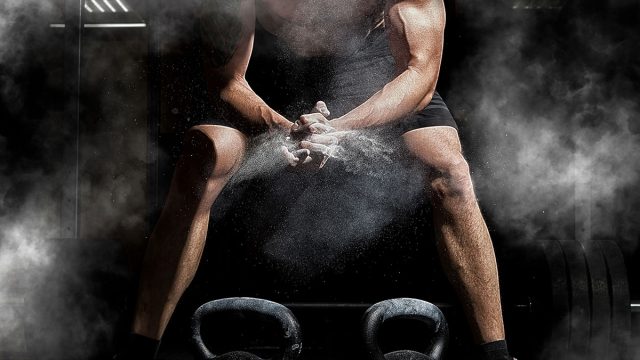
Why strength training? For the average person, getting stronger using safe and well-structured exercise programs is virtually 100% upside, minus the time and effort required to stick with a program.
I've seen it happen, as a fitness coach for five years with a focus on helping novice and intermediate fitness clients build foundational levels of strength through proper biomechanical movement patterns, progressive overload, and appropriate periodization.
Aside from the obvious benefit of being able to lift heavier objects and have better endurance when performing day-to-day tasks, strength training with exercises like squats, deadlifts, overhead presses, and other compound movements improves mobility, bone density, metabolism, and a wide range of health markers associated with longevity, health span, and an overall improved quality of life.
For individuals interested in developing a more muscular appearance, strength training has the benefit of increasing muscle mass as well with the degree of increase varying depending on the exact resistance and program design.
Overall, however, beginner and intermediate clients generally see strength improvements, muscle improvements, and health improvements from strength training.
Precautions to Take Before You Start Strength Exercises

If you have any pre-existing health conditions or injuries, you should always get clearance from your health care provider before beginning any exercise program.
For otherwise healthy individuals, the most important thing is to start with a light weight and focus on exercise technique and form. In a perfect world, you would have supervision from a professional coach, however if this is not possible you can opt for virtual coaching programs and finding qualified coaches online who put out free content regarding the proper exercise techniques.
If you feel any pain, especially in your joints while lifting, stop immediately and get evaluated by a health care professional.
Generally speaking, strength training is far safer than many other common recreational activities and has a much lower injury rate.
In fact, strength training is associated with decreases in injury risk from other activities due to the improved resilience of your body as you get stronger.
RELATED: 7 Best Exercises to Support Your Running Routine
Focus on This First When Strength Training
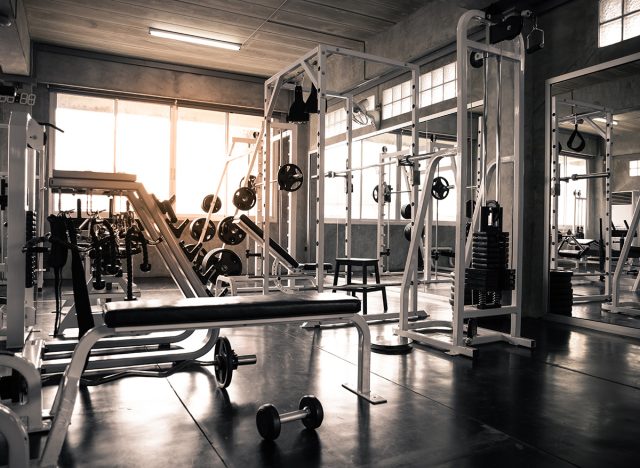
The top secret for strength building is consistency, which is by far the most important factor when it comes to getting results.
Focus less on the intensity and duration of every single workout and focus more on consistently hitting the gym two to three times a week for an extended period of time, or theoretically your entire life as fitness is always an ongoing process.
Start Light
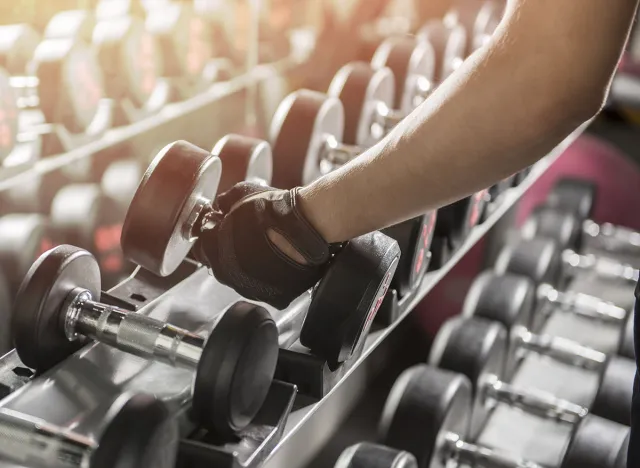
Start light with higher reps. Use a weight that allows good form for 15 repetitions and stick with that for 4-8 weeks.
Do Compound Movements
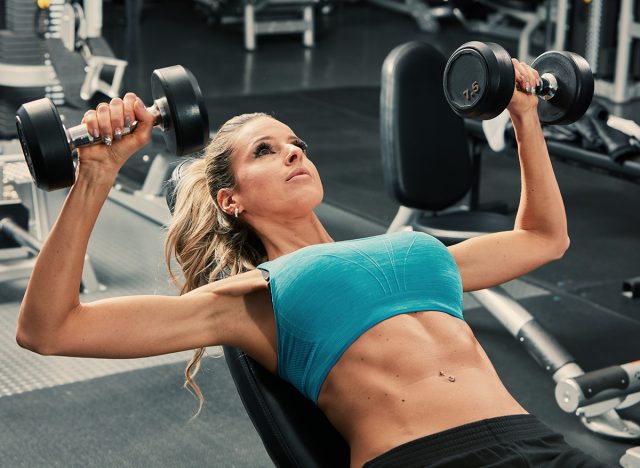
Focus mostly, if not entirely on compound movements like squats, deadlifts, pull ups, overhead presses, and chest presses.
Use Free Weights
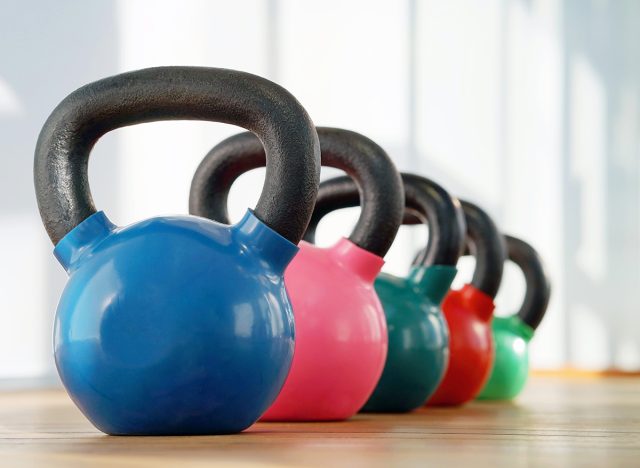
Use free weights like barbells, dumbbells, and kettlebells for 80 percent of your training. Machines are okay, but they are not as beneficial as free weights because they require less stabilization.
Eat protein and carbohydrates

Most people focus on protein, but you need carbs to fuel your workouts.
Rest

Take at least 2 active rest days per week, and even up to 4 is okay. Do some light walking, cycling, and physical movement but do not push too hard on those days.
Sleep

Sleep is key for recovery. If you are not sleeping 7-8 hours a night, your gains will be affected over time.
Warmup
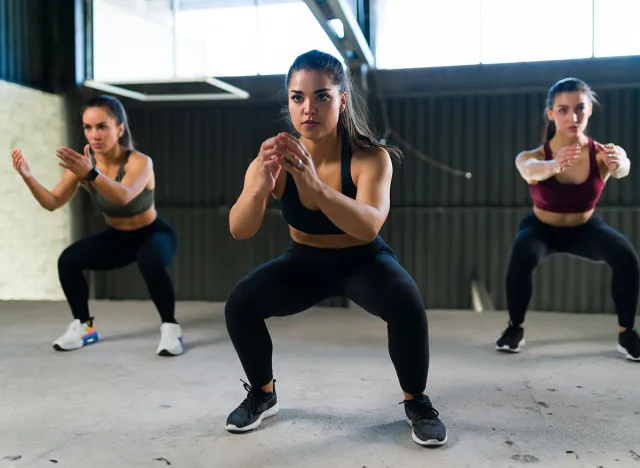
Make sure to do a warmup at the beginning of your workout. The warmup should consist of light cardio to elevate your body temperature followed by active and dynamic stretches such as walking lunges and body weight squats, then perform warm up sets for each exercise using light weights as you ease into your heavier working sets.
Add Mobility Work
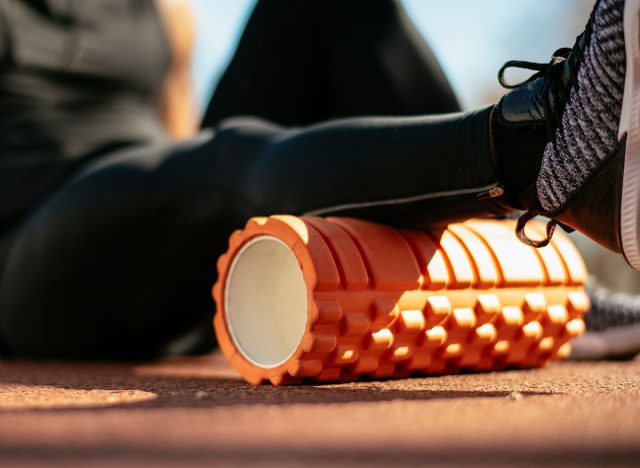
Adding mobility work such as foam rolling can help improve your range of motion at the beginning of a workout. Save static stretching for after your strength workout.
Avoid Cardio After Your Workout
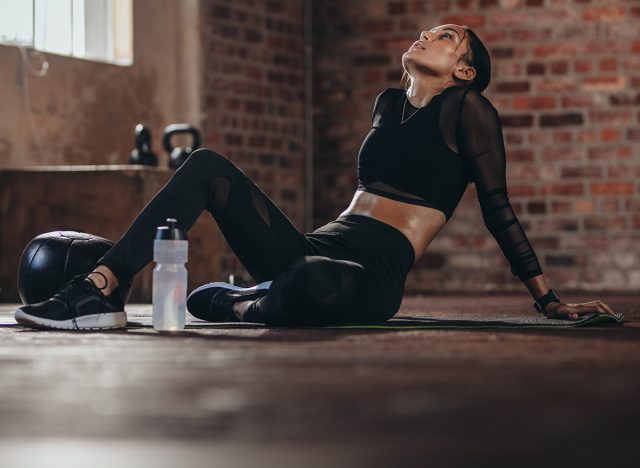
If your goal is to maximize strength, avoid doing cardio after your workout. It's vital to allow your body to recover from strength training. For health benefits, cardio is still good, however keep it to around 30 minutes and separate it from your strength training sessions, ideally on non-lifting days.
Aim for Long-Term Gains
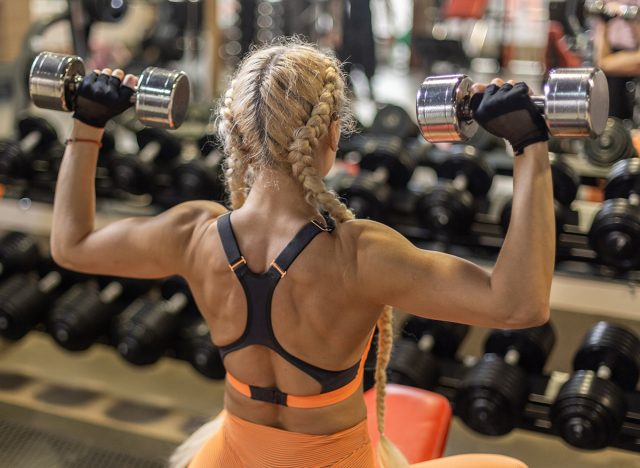
Understand that strength building is a long term gain. It takes years to completely transform yourself from where you are now to a newer, much stronger version. You will see benefits in the short term, but making strength training a way of life as opposed to a temporary program is the only way to truly lasting results.
Common Mistake #1 to Avoid When Strength Training
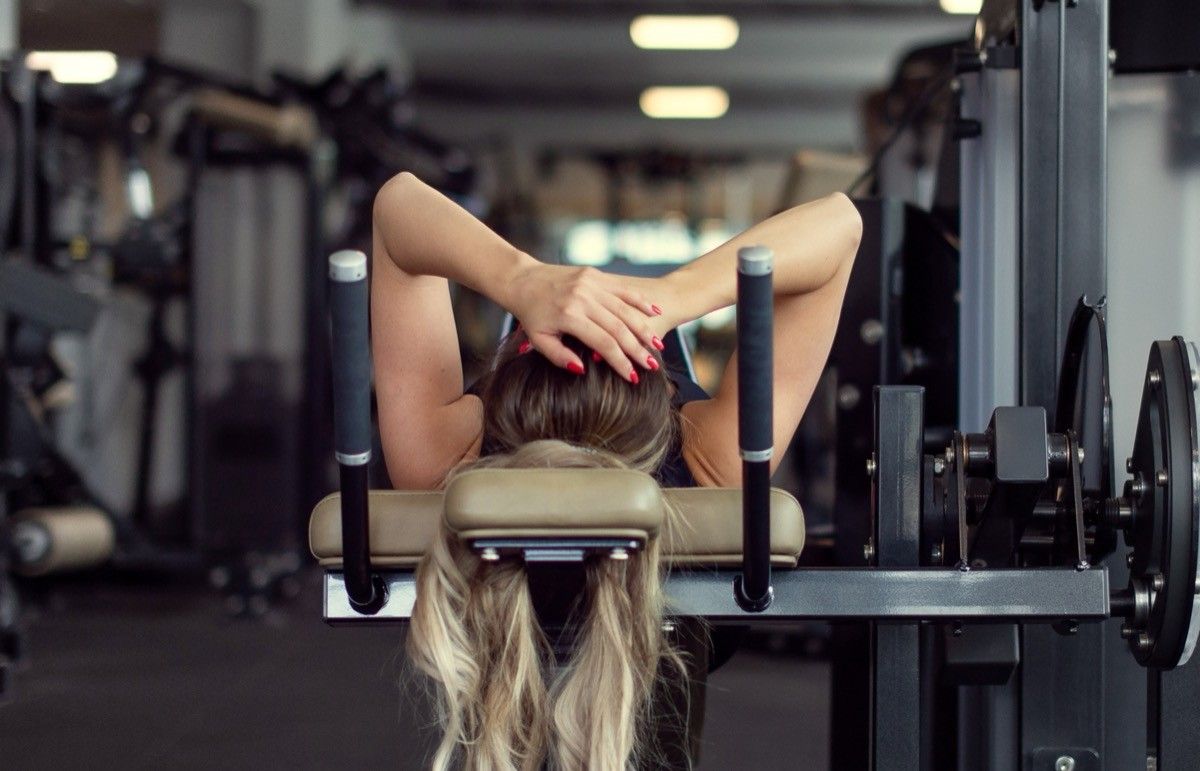
The most common mistake by far that newer lifters would make is focusing on the amount of weight they lift in each workout or exercise as opposed to having clean lifting technique and long term consistency. While there's nothing wrong with pushing yourself using heavy weights, absolutely never sacrifice your form in the pursuit of heavier weightlifting. An injury will set you back substantially and there is little marginal benefit in lifting excessively heavy weights when it comes to gaining real strength.
RELATED: Eat Your Way to a Flat Stomach With These 2 Foods, According to Weight Loss Expert
Common Mistake #2 to Avoid When Strength Training

The next common mistake is creating a program that is so intense or has so many days a week per lifting that it becomes unrealistic for your schedule. Even a consistent 2 day a week program is going to be a four or five day week lifting program that you are not consistent with.
Be realistic when planning your workout program that fits within your lifestyle. While you will need to make sacrifices to get your workouts in, if the program you are trying is completely unrealistic for your schedule, it's not going to deliver the results.
Common Mistake #3 to Avoid When Strength Training
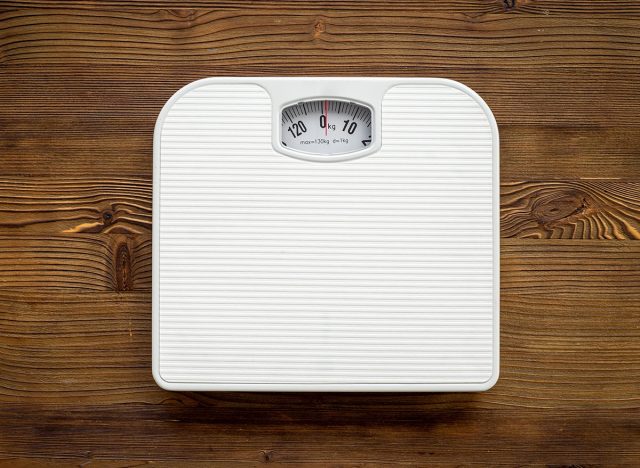
The final mistake I will mention here is attempting to dramatically lose weight while also gaining strength. Beginner fitness enthusiasts can lose weight and build strength at the same time, and including strength training in a weight loss program is definitely recommended.
However, in the long run, gaining maximal strength requires eating enough food to fuel your workouts which can often conflict with aggressive weight loss goals. With that said, a slow and steady improvement to your muscle-to-fat ratio as your body transforms from the strength training is definitely feasible.
Final Word From the Trainer

I cannot emphasize consistency enough. If you follow any reasonable workout program consistently and ensure that over time you are progressing your weight on your exercises, you will get stronger.
💪🔥Body Booster: Forget about intense workouts every time. Focus on showing up consistently, week after week.
Jordan Fernandez is a Certified Personal Trainer at Trainer Academy




